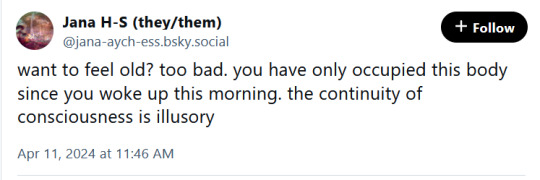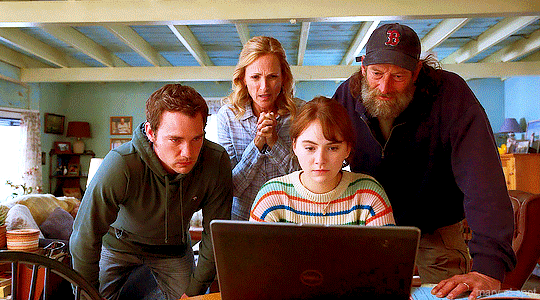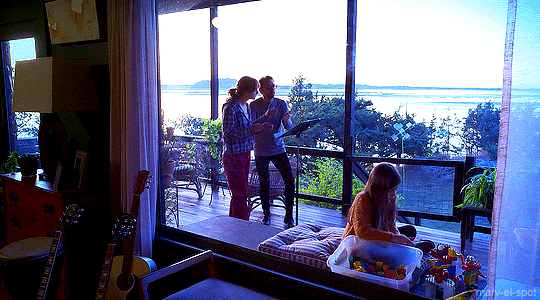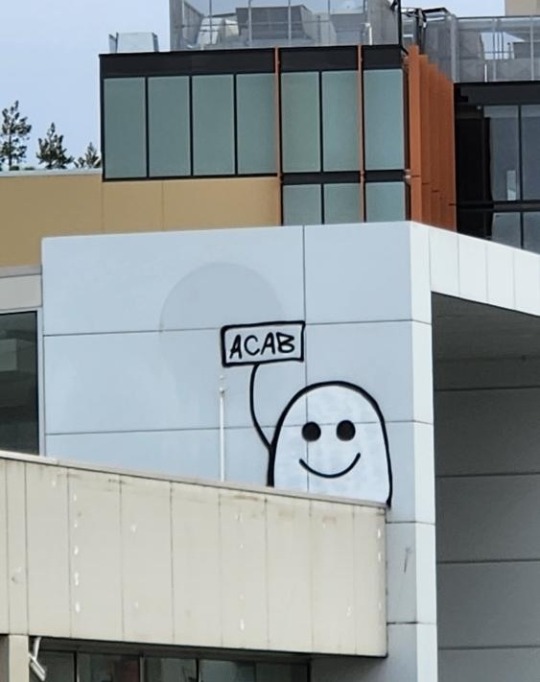Text
How Things Work: If the coop model can succeed in Minneapolis, that would significantly undermine the power of Uber and Lyft's threats to pull out of other cities in the future. Do you interact directly with those companies at all? Do they view you as a threat? Do they try to actively hold you back, or do they mostly leave you alone? What's your message to regular people about why they should use you, rather than those ubiquitous apps?
Forman: We're somewhere between the "first they ignore you" and "then they laugh at you" phases. People should use us because on average, we're a little cheaper than Uber, and drivers make 10% above the minimum wage. And it's worker-owned. We're building lasting power in this industry in a democratic, worker-controlled organization.
How Things Work: For people who can see the logic of a driver's cooperative, what's the best way to help—in Minneapolis, and also in cities that don't have such a thing yet?
Forman: For people who want to help—please download the app and share it with friends. We just created a new feature where you can see how many drivers and riders have been recruited in your area, and you can easily share the app with a QR code and other tools. Also, we certainly need funds to get this done. If you can, donate a bit to the effort to build a co-op in Minneapolis.
#article#how things work#ride share#co-op#worker owned#labor vs capital#capital vs labor#venture capital#labor movement#minneapolis#technology#tech
8 notes
·
View notes
Text
The purge of material, including works on paper, was organized by her son, Nick Edelson. Some who came to take items criticized the disposal.
Edelson rose to prominence in the 1970s as one of the early voices in the feminist art movement. She is most known for her collaged works, which reimagine famed tableaux to narrate women’s history. For instance, her piece Some Living American Women Artists (1972) appropriates Leonardo da Vinci’s The Last Supper (1494–98) to include the faces of Faith Ringgold, Agnes Martin, Yoko Ono, and Alice Neel, and others as the apostles; Georgia O’Keeffe’s face covers that of Jesus.
Dealer Jordan Barse, who runs Theta Gallery, biked by and took a poster from Edelson’s 1977 show at A.I.R. gallery, “Memorials to the 9,000,000 Women Burned as Witches in the Christian Era.” Artist Keely Angel picked up handwritten notes, and said, “They smell like mouse poop. I’m glad someone got these before they did,” gesturing to the men pushing papers into trash bags.
A neighbor told one person who picked up some cut-out pieces, “Those could be worth a fortune. Don’t put it on eBay! Look into her work, and you’ll be into it.” {read}
3 notes
·
View notes
Text

never again is now
32 notes
·
View notes
Text
maintaining the oppressive status quo
23 notes
·
View notes
Text
it’s also fucked up that fat people literally fear going to the doctor for anything because they know the first thing out of their dr’s mouth no matter what their ailment is, is gonna be “lose weight lol” broken leg? lose weight. rash? lose weight. whooping cough? lose weight binch!!!!! like we get it. but can you just write my prescription you bitch so i can go eat a salad and not call you again until im about to die of the plague????
81K notes
·
View notes
Text

31 notes
·
View notes
Text

20 notes
·
View notes
Text

BDSM - Buses Do So Much (for the environment) T-Shirt
$35.00
Show your pride for the dominance of public transportation.
100% cotton classic black tee.
Not sold cropped, but recommended.
All orders go to support Streets for All's continuing advocacy for safer streets in Los Angeles.
19 notes
·
View notes
Text
As relentless rains pounded LA, the city’s “sponge” infrastructure helped gather 8.6 billion gallons of water—enough to sustain over 100,000 households for a year.
Earlier this month, the future fell on Los Angeles. A long band of moisture in the sky, known as an atmospheric river, dumped 9 inches of rain on the city over three days—over half of what the city typically gets in a year. It’s the kind of extreme rainfall that’ll get ever more extreme as the planet warms.
The city’s water managers, though, were ready and waiting. Like other urban areas around the world, in recent years LA has been transforming into a “sponge city,” replacing impermeable surfaces, like concrete, with permeable ones, like dirt and plants. It has also built out “spreading grounds,” where water accumulates and soaks into the earth.
With traditional dams and all that newfangled spongy infrastructure, between February 4 and 7 the metropolis captured 8.6 billion gallons of stormwater, enough to provide water to 106,000 households for a year. For the rainy season in total, LA has accumulated 14.7 billion gallons.
Long reliant on snowmelt and river water piped in from afar, LA is on a quest to produce as much water as it can locally. “There's going to be a lot more rain and a lot less snow, which is going to alter the way we capture snowmelt and the aqueduct water,” says Art Castro, manager of watershed management at the Los Angeles Department of Water and Power. “Dams and spreading grounds are the workhorses of local stormwater capture for either flood protection or water supply.”
Centuries of urban-planning dogma dictates using gutters, sewers, and other infrastructure to funnel rainwater out of a metropolis as quickly as possible to prevent flooding. Given the increasingly catastrophic urban flooding seen around the world, though, that clearly isn’t working anymore, so now planners are finding clever ways to capture stormwater, treating it as an asset instead of a liability. “The problem of urban hydrology is caused by a thousand small cuts,” says Michael Kiparsky, director of the Wheeler Water Institute at UC Berkeley. “No one driveway or roof in and of itself causes massive alteration of the hydrologic cycle. But combine millions of them in one area and it does. Maybe we can solve that problem with a thousand Band-Aids.”
Or in this case, sponges. The trick to making a city more absorbent is to add more gardens and other green spaces that allow water to percolate into underlying aquifers—porous subterranean materials that can hold water—which a city can then draw from in times of need. Engineers are also greening up medians and roadside areas to soak up the water that’d normally rush off streets, into sewers, and eventually out to sea...
To exploit all that free water falling from the sky, the LADWP has carved out big patches of brown in the concrete jungle. Stormwater is piped into these spreading grounds and accumulates in dirt basins. That allows it to slowly soak into the underlying aquifer, which acts as a sort of natural underground tank that can hold 28 billion gallons of water.
During a storm, the city is also gathering water in dams, some of which it diverts into the spreading grounds. “After the storm comes by, and it's a bright sunny day, you’ll still see water being released into a channel and diverted into the spreading grounds,” says Castro. That way, water moves from a reservoir where it’s exposed to sunlight and evaporation, into an aquifer where it’s banked safely underground.
On a smaller scale, LADWP has been experimenting with turning parks into mini spreading grounds, diverting stormwater there to soak into subterranean cisterns or chambers. It’s also deploying green spaces along roadways, which have the additional benefit of mitigating flooding in a neighborhood: The less concrete and the more dirt and plants, the more the built environment can soak up stormwater like the actual environment naturally does.
As an added benefit, deploying more of these green spaces, along with urban gardens, improves the mental health of residents. Plants here also “sweat,” cooling the area and beating back the urban heat island effect—the tendency for concrete to absorb solar energy and slowly release it at night. By reducing summer temperatures, you improve the physical health of residents. “The more trees, the more shade, the less heat island effect,” says Castro. “Sometimes when it’s 90 degrees in the middle of summer, it could get up to 110 underneath a bus stop.”
LA’s far from alone in going spongy. Pittsburgh is also deploying more rain gardens, and where they absolutely must have a hard surface—sidewalks, parking lots, etc.—they’re using special concrete bricks that allow water to seep through. And a growing number of municipalities are scrutinizing properties and charging owners fees if they have excessive impermeable surfaces like pavement, thus incentivizing the switch to permeable surfaces like plots of native plants or urban gardens for producing more food locally.
So the old way of stormwater management isn’t just increasingly dangerous and ineffective as the planet warms and storms get more intense—it stands in the way of a more beautiful, less sweltering, more sustainable urban landscape. LA, of all places, is showing the world there’s a better way.
-via Wired, February 19, 2024
13K notes
·
View notes
Text
Under fortress capitalism controlling mobility through borders is elemental to the reproduction of capitalism, as they shield “the accumulation process and the imperial mode of living enjoyed by privileged groups, from disturbances by uncontrolled working class mobility.”
By definition the imperial mode of living cannot be extended in an infinite manner, as it relies on unlimited access to land, labor, resources, and sinks outside the capitalist centers. At the same time, it has become increasingly attractive to the new global middle class that is evolving worldwide.
In this sense there is increasing competition about who can have access to the imperial mode of living, whose privileges can only be preserved for a small minority through an ever-increasing level of violence. According to political scientist Jens Wissel “the central function of the post-fordist border is to defend the imperial mode of life”.
Jenny Ufer, Against Fortress Degrowth: The Need for a Border Perspective in the Degrowth Discourse
81 notes
·
View notes
Text
For the 30th anniversary of SGC2C, here is a special song.
29 notes
·
View notes
Text





FILMS WATCHED IN 2024
CODA (2021)
Dir. Sian Heder
46 notes
·
View notes
Text

Poster promoting a coordinated economic blockade to free Palestine on April 15.
For more info check out:
450 notes
·
View notes
Text

April 15 is Steal Something from Work Day!
https://crimethinc.com/StealfromWork2024
Every April, millions of workers around the world observe this day as a chance to settle accounts with those who are profiting off their labor.
For us, it represents an opportunity to reflect on why so many people steal from their workplaces and what it would take to create a world in which doing so would be unnecessary.
452 notes
·
View notes

